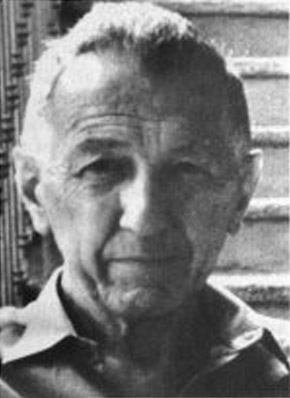Cocconi, Giuseppe (1914–2008)

Giuseppe Cocconi was an Italian physicist who became director of the proton synchrotron at CERN (the Centre Européen Recherche Nucléaire), the European particle physics laboratory, in Geneva. Together with Cornell University colleague Philip Morrison, he was responsible, in 1959, for the seminal paper on the subject of SETI.
Cocconi obtained his doctorate in physics from the University of Milan (1937), before becoming physics professor there in 1942. Subsequently, he taught at the University of Catania in Italy until 1947 when he was invited to join the staff at Cornell. He returned to Europe as a senior physicist at CERN in 1962 and played no further significant part in SETI work. He recalled in an interview with sociologist David Swift1 how the idea for his SETI proposals with Morrison came about. He had been in conversation with his wife, Vanna, also a physicist at Cornell, the evening before:
We were thinking that a narrow burst of gamma-radiation could be a signal that can travel far and straight in galactic space and be peculiar enough to be recognized. And that was the triggering. Next day, I went to see Phil Morrison and discussed the possibility of extraterrestrial communication.
A few days later, Cocconi realized that the newly completed radio telescope at Jodrell Bank would be just powerful enough to transmit a detectable signal to the nearest star. He therefore wrote to Bernard Lovell at Jodrell Bank requesting that the instrument be used in a search for extraterrestrial signals, but was turned down.
Reference
1. Swift, David. SETI Pioneers: Scientists Talk About Their Search for Extraterrestrial Intelligence. Tucson: University of Arizona Press (1990).


